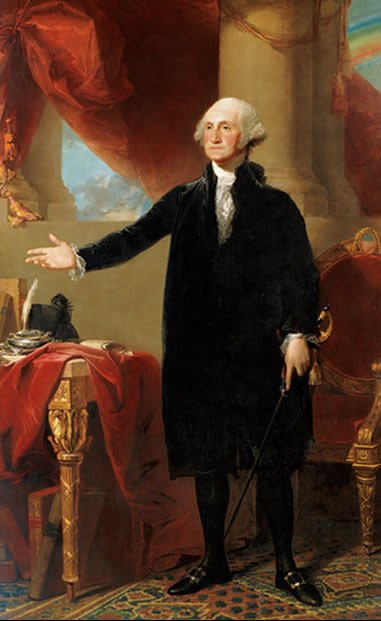1.
According to Kristeva, Bellini came from a family of painters.
Which would likely have a great impact upon himself as a painter. Having grown up with it as a part of his life, it likely grew to be a part of his identity.
His work benefitted and innovated the developing use of oil painting.
As Kristeva says, it gave Bellini's work a certain extra "luminous density of color" that "introduced volume into the body and into the painting."
He was the official painter for the Ducal Palace.
It gave him honor, I suppose.
I would imagine that the most shaping event in his life were the deaths of his wife and son.
It likely shifted his perspective on life quite drastically. To lose your closest loved ones, is an unimaginable experience. Perhaps his work before and after differs slightly because of this.
3.
Kristeva supposes quite a bit about DaVinci. Though she instills many facts about his life, it is still her interpretation of a man who lived hundreds of years earlier. I find her argument sound, but it still cannot be taken entirely as truth because it is based entirely upon the inference of what could have possibly maybe been the case. Nonetheless it is a very interesting perspective.
In her explanation of the Leonardo's Madonna and Child, she finds that the child seems to the purpose for the mother. She exists because he does. Chronologically (in terms of birth), this is flawed if to be taken literally. But it obviously is a more metaphorical thing than that. Her whole body turned toward the child, the real focus of the image. The baby is her goal, her superobjective. The mouth of the Madonna is also identical to that of the Mona Lisa, implying a sense of masculinity.
4.
Bellini never had a real mother or at least a female figure to fill in for that void. DaVinci had his wife, but Bellini never grew close enough to his step mother to think of her in a maternal way.
This explains the reason for the distance between the mother and child in his paintings of the Madonna.
DaVinci always has the mother completely attentive to the child, always looking and holding and pushing close to him.
But Bellini's Madonna's are less attentive to the child. They often look away to some other point of interest. They are distant to the child.
This image is strange. The Madonna looks at Jesus as if she's afraid of him, as if she is disgusted by him. She holds him as if she were a man and he were a purse. It's just incredibly awkward. It seems as though that is Bellini's idea of a mother. Distant, foreign and awkward.
6.
Kristeva asserts that the reason that the Nativity and the Crucifixion are shown so often together is their inherent connection through the mother. That the mother gave birth to Christ only so that he could die. But then is that not the case with all of us? Kristeva seems to connect that cycle of death and life as if it were a terrible thing, as if the nature of existence was wrong. Perhaps it is because Christ, as a man, is glorified in death, whereas Mary, a woman, is only glorified for her use as a vessel for the son of God. Perhaps.
8.
Between 1485 and 1499, Bellini's wife and son died. This led to a shift in his style. It becomes full of "controlled hostility or disappointment." It seems that his fatherhood is necessary "in order to relive the archaic impact of the maternal body on man." Paternity allowed Bellini to admit the threat of the maternal body as well as the separation from it. It was his fatherhood that allowed him to innovate his artwork, to grow as an artist, rather than fall victim to stagnation in his work.




























